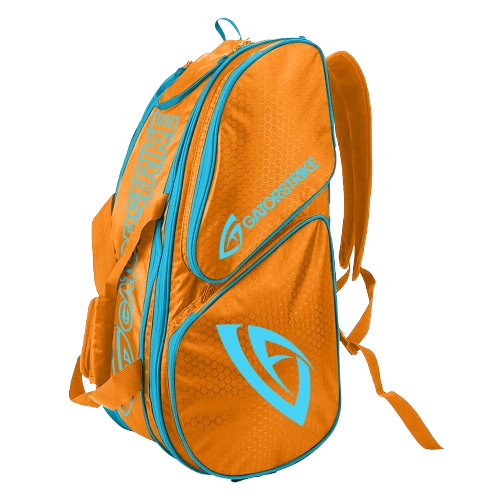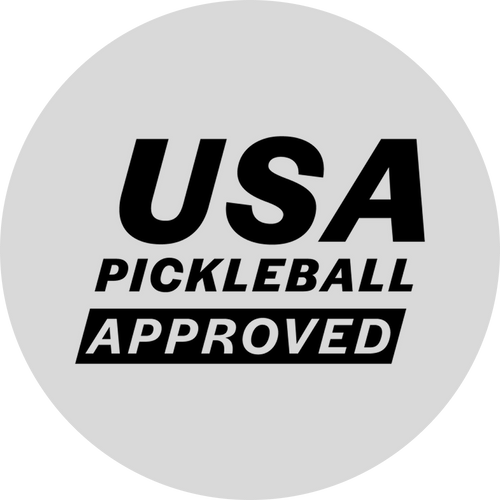
Pickleball Sport: From Hobby to Competitive Play
Share
Introduction: The Evolution of Pickleball
Pickleball, once a leisurely pastime enjoyed in quiet backyards and community centers, has rapidly evolved into a competitive sport with a growing global presence. What began as a simple game designed for fun has transformed into a serious athletic pursuit, attracting players who seek the thrill of competition and the satisfaction of skillful play. As pickleball continues to gain momentum, many enthusiasts find themselves drawn from casual hobbyist play into the structured and challenging world of competitive pickleball. This journey from hobby to competitive sport reflects the broader evolution of pickleball itself—a sport that has captured the hearts and minds of millions, now standing on the brink of mainstream recognition.
The Humble Beginnings of Pickleball
Pickleball’s origins are as modest as they are endearing. Invented in 1965 by three friends—Joel Pritchard, Bill Bell, and Barney McCallum—the game was created as a way to entertain their families during a lazy summer afternoon. Using simple equipment—a perforated plastic ball, wooden paddles, and a net set at badminton height—pickleball quickly became a favorite pastime among the families of Bainbridge Island, Washington. The game’s appeal lay in its accessibility and the joy it brought to players of all ages. It was a game that anyone could pick up and play, regardless of skill level or athletic ability. This simplicity and inclusivity were the seeds that would later grow into the competitive sport we know today.
The Rise of Organized Play
As pickleball gained popularity, it began to move beyond the backyard and into more formal settings. The establishment of pickleball clubs and leagues marked the beginning of organized play, providing a platform for players to come together, hone their skills, and engage in friendly competition. Tournaments soon followed, attracting players eager to test their abilities against others. These events were more than just competitions; they were celebrations of the sport, fostering a sense of community and shared passion among participants. The rise of organized play was a crucial step in pickleball’s evolution, laying the groundwork for its emergence as a competitive sport.
Transitioning from Casual to Competitive
For many players, the transition from casual to competitive pickleball represents a significant shift in mindset and approach. While casual play is often characterized by its relaxed atmosphere and focus on fun, competitive play demands a higher level of commitment, discipline, and strategic thinking. The first step in this transition is often the decision to participate in a local tournament or join a competitive league. This move requires not only a willingness to test one’s skills against others but also a desire to improve and excel. As players make this transition, they begin to approach the game with greater seriousness, dedicating time to practice, refining their techniques, and developing a deeper understanding of the game’s nuances.
Training and Skill Development
Competitive pickleball requires a different level of training and skill development than casual play. To compete at a high level, players must focus on developing both their physical and mental abilities. On the physical side, this includes mastering essential techniques such as dinking, volleying, and serving, as well as building endurance, agility, and strength. Drills and practice sessions become an integral part of a competitive player’s routine, helping to sharpen reflexes and improve consistency. Equally important is the mental aspect of the game, which involves strategic thinking, anticipation, and the ability to stay calm under pressure. Competitive players must learn to read their opponents, adapt their strategies on the fly, and maintain focus throughout a match. This combination of physical and mental training is what sets competitive players apart from casual hobbyists.
The Competitive Circuit: Tournaments and Rankings
As players advance in their competitive journey, they become increasingly involved in the broader competitive circuit. This circuit includes a wide range of tournaments, from local events to national and international competitions. Major tournaments, such as the U.S. Open Pickleball Championships and the USA Pickleball National Championships, attract top players from around the world and offer a platform for showcasing the highest levels of skill and athleticism. In addition to tournaments, the competitive circuit also includes a ranking system, which allows players to track their progress and compare their performance against others. For many players, participating in the competitive circuit is not just about winning—it’s about being part of a larger community of dedicated athletes who share a passion for the sport.
The Mental Game: Focus and Strategy
In competitive pickleball, mental toughness is just as important as physical skill. The ability to stay focused, maintain composure, and execute strategies under pressure can often be the deciding factor in a match. Competitive players must develop a strong mental game, which includes the ability to stay present in the moment, manage nerves, and make quick, strategic decisions. This mental discipline is what allows players to perform consistently at a high level, even in the face of challenging opponents and high-stakes situations. The mental game also involves a deep understanding of strategy, including when to be aggressive and when to play defensively, how to exploit an opponent’s weaknesses, and how to adapt to different playing styles. Mastering the mental aspects of pickleball is essential for anyone looking to succeed in the competitive arena.
The Social and Community Aspect of Competitive Play
While competitive pickleball is undoubtedly more intense than casual play, it still retains the strong sense of community that has always been a hallmark of the sport. Competitive players often form close bonds with their peers, both on and off the court. Tournaments and leagues provide opportunities for players to connect, share experiences, and support one another in their athletic pursuits. This camaraderie is a key part of what makes competitive pickleball so rewarding—players are not just competing against each other; they are also part of a larger community that shares a common love for the game. The social aspect of competitive play helps to balance the intensity of the competition, making it a fulfilling and enjoyable experience for all involved.
The Future of Competitive Pickleball
As pickleball continues to grow, its future as a competitive sport looks incredibly bright. The sport’s accessibility, combined with its potential for high-level competition, makes it an ideal choice for players of all ages and skill levels. With more tournaments, leagues, and organized events being established every year, the opportunities for competitive play are expanding rapidly. Additionally, the increasing visibility of pickleball in the media and its inclusion in major sporting events are helping to raise its profile and attract new players to the sport. As pickleball continues to evolve, it is poised to become not just a popular recreational activity, but a major player in the world of competitive sports. The journey from hobby to competitive play is one that more and more pickleball enthusiasts are taking, and it’s a journey that promises to bring new challenges, rewards, and a deeper connection to the game.
















